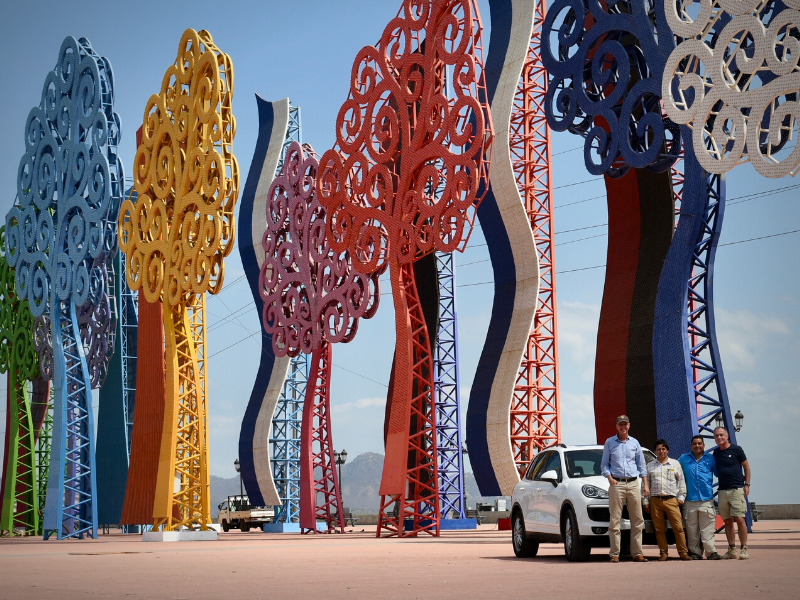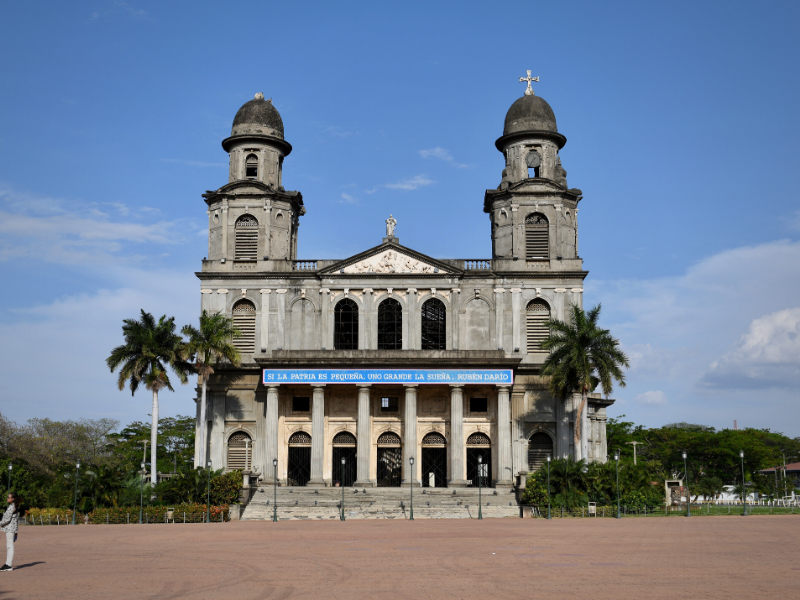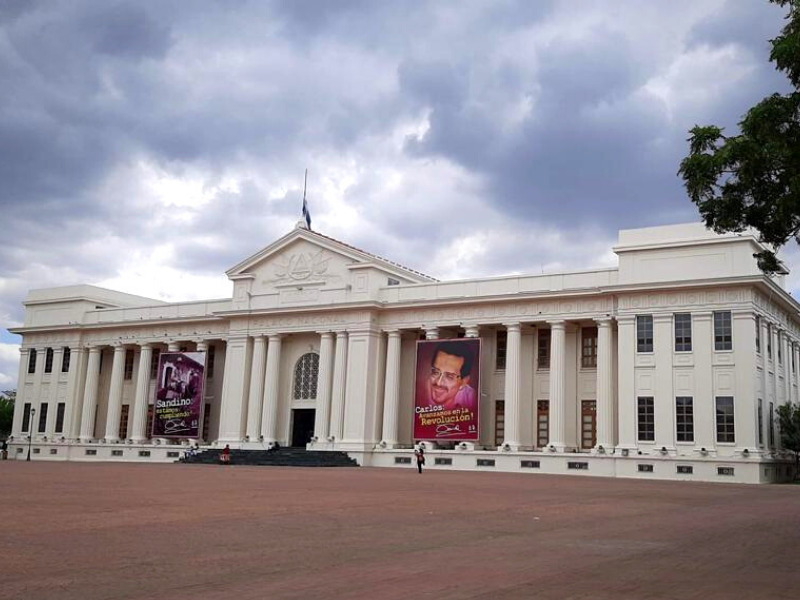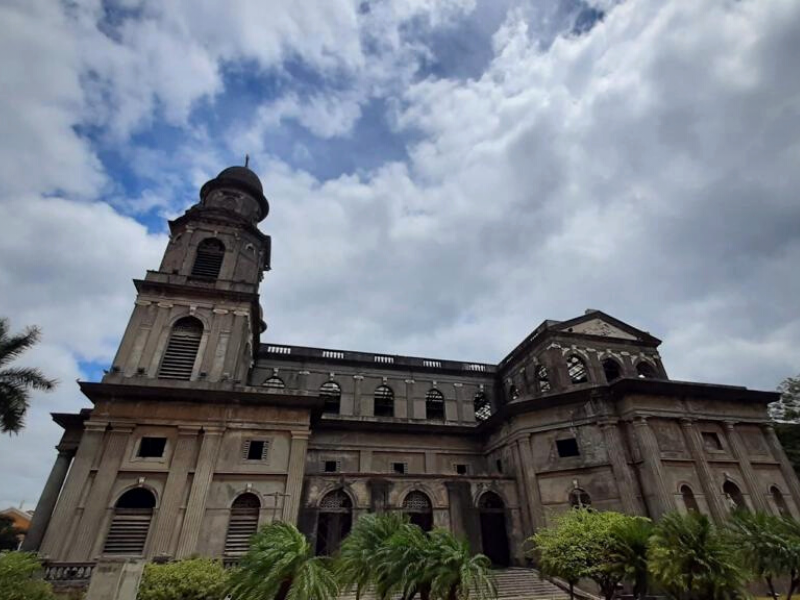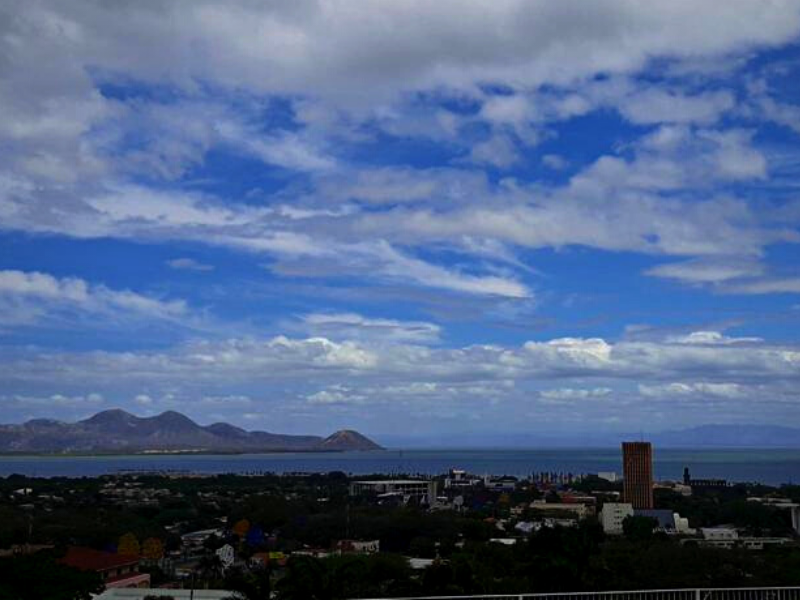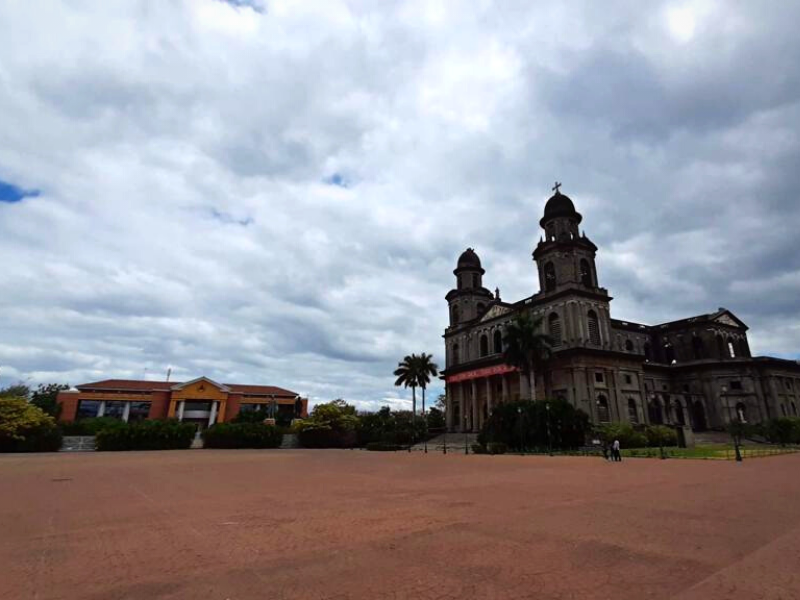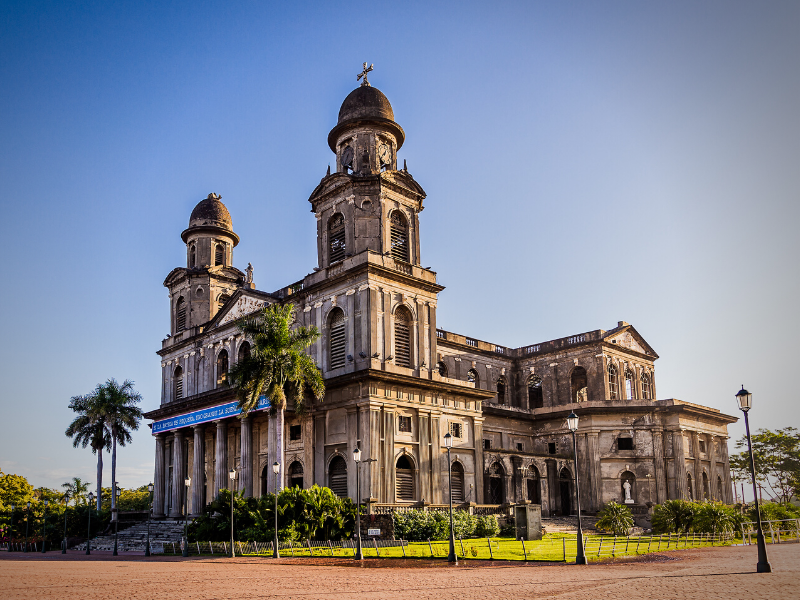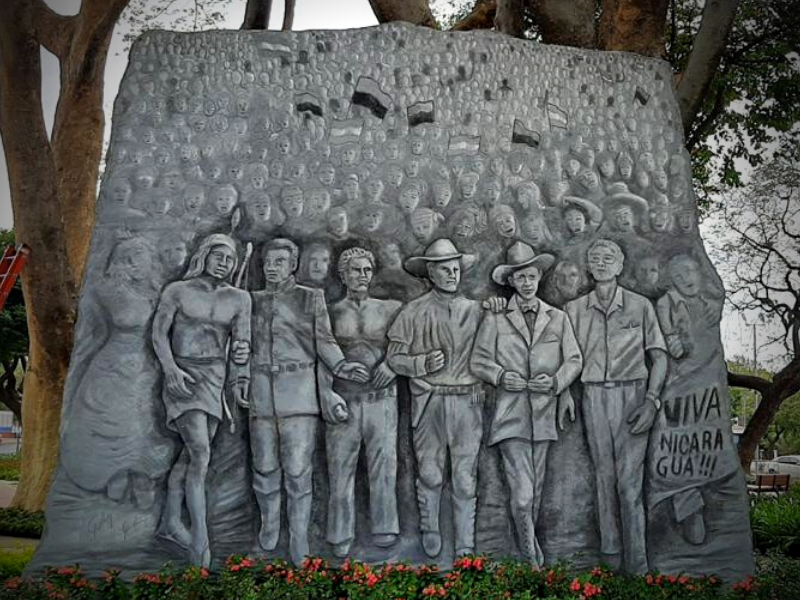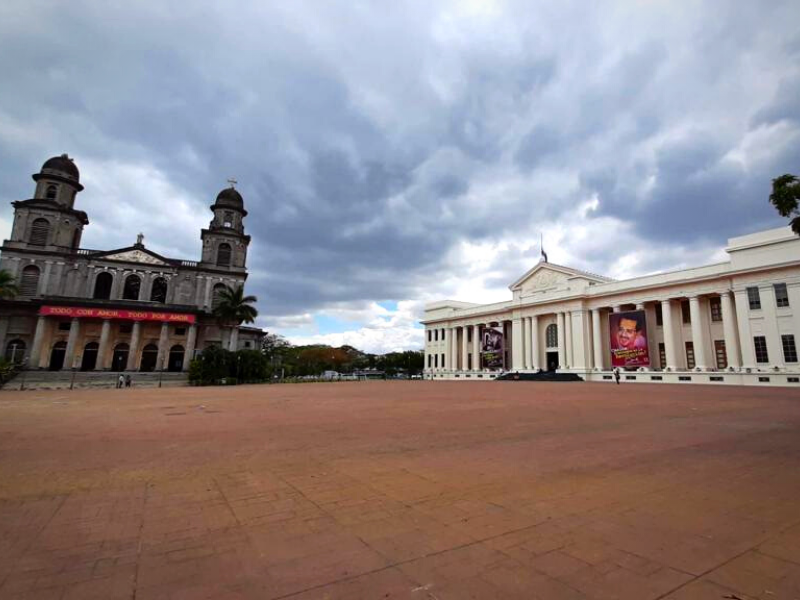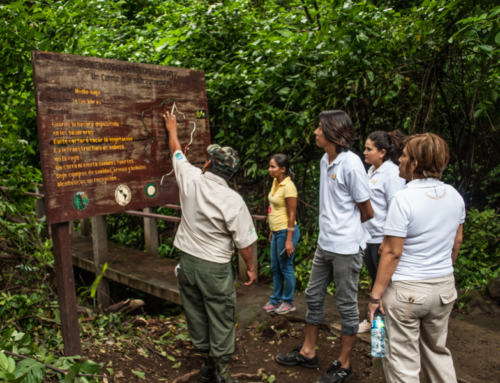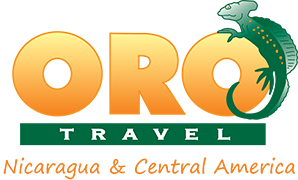MANAGUA CITY
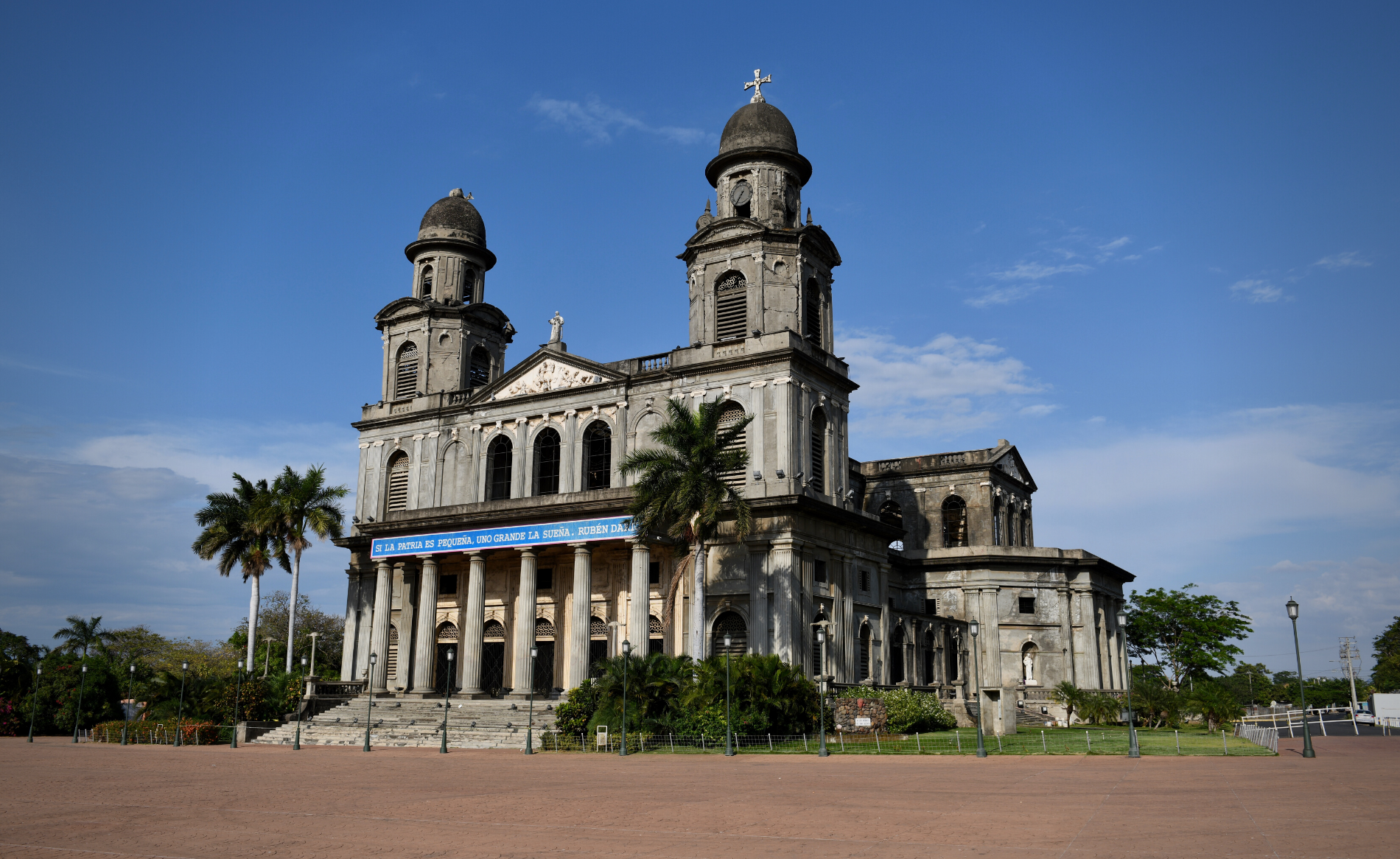
The bustling city of Managua was a former indigenous village that developed on the edge of Lake Xolotlan. Its first pre-Hispanic inhabitants were fishermen and hunters. In 1852 the city became relevant when it was declared the capital of Nicaragua because of the permanent political disputes between the colonial cities of Leon and Granada.
Two strong earthquakes have dramatically changed the architecture of Managua in the last eighty years. The first big tremor took place in 1931 with a magnitude of 5.8, while the second earthquake struck Managua in 1972 with higher magnitude (7.2) destroying much of the city and killing almost fifteen thousand people. The area affected by this second earthquake was not rebuilt and part of it was declared of public use. Since then Managua has been slowly rebuilt with local and foreign investments.
Due to the strong political past of Nicaragua, an important number of monuments can be found throughout the city. Managua is also a city where one will find all different type of art galleries, handicraft markets, shopping malls, local and international restaurants, bars, discos, casinos, live music, theater and all kinds of entertainment.
Notable landmarks:
Activities:
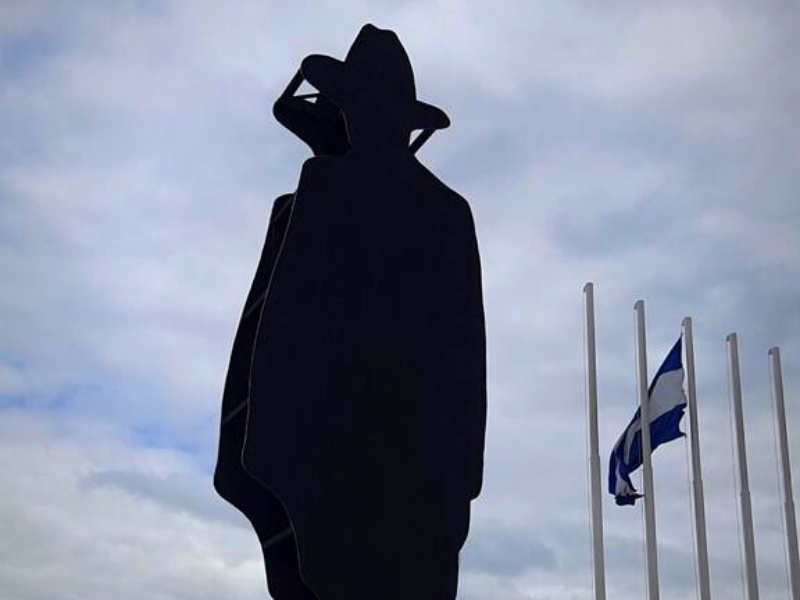
Contact Us
Send us a message and we will take the time to get to know you so we can help you find your amazing adventure.

